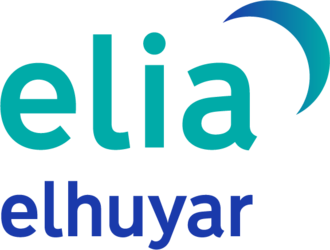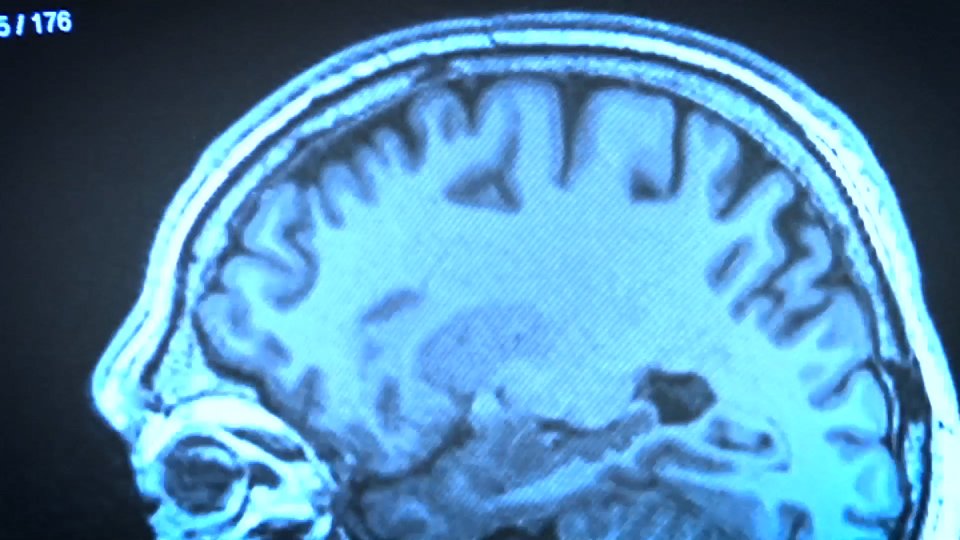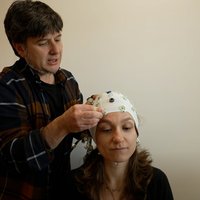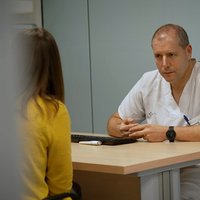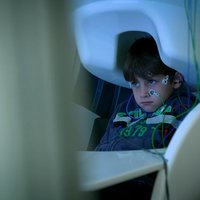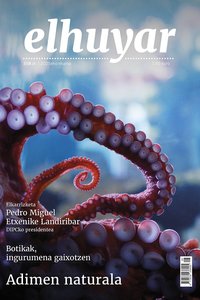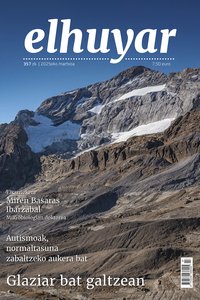How Sports Transform Our Body
We live in the age of fitness. We are very interested in physical exercise, although paradoxically the modern lifestyle is very sedentary. Gyms are reference spaces, and on social networks we can find numerous videos where many tips are given to improve the physical appearance and well-being. Although many people follow these guidelines strictly, we often do not understand the changes that occur in our body when exercising. How do our muscles grow when we exercise? How does our metabolism, heart, lungs, or brain change?
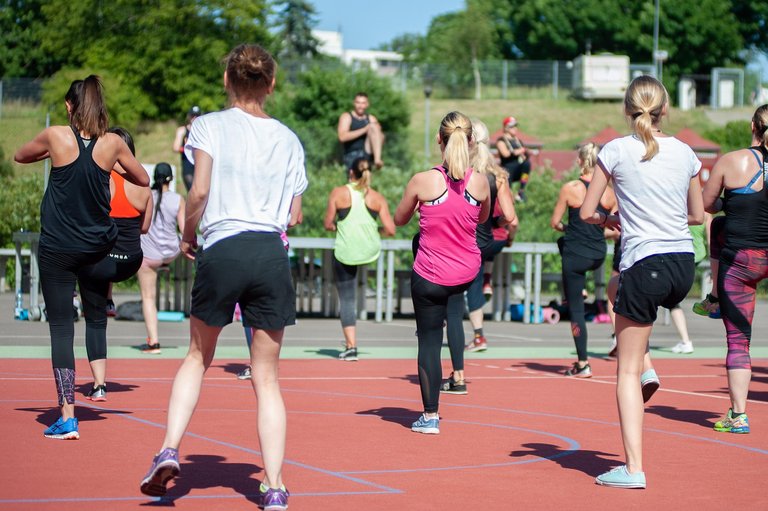
We spend most of the day sitting: in the office, in class, on the bus... even in our free time, often in front of screens. According to a recent WHO study, 31% of adults (about 1.8 billion people!) do not comply with physical activity recommendations (150 minutes of moderate activity per week). The level of inactivity has increased by five percentage points since 2010, and if it continues to do so, it will reach 35% by 2030.
Sedentary lifestyle is a major problem because it promotes the accumulation of fat along with overweight and obesity. It is a clear risk factor for cardiovascular disease, some types of cancer, type 2 diabetes and dementia.
Regular exercise relieves the harmful effects of sedentary lifestyle and strengthens the muscles, bones, heart, lungs, and brain. But how do these changes happen? Let's see it!
How do you build muscle when you exercise?
If we do continuous progressive training, the muscle grows through a process known as hypertrophy. Hyperplasia, a process that increases the number of muscle fibers, is of little importance in humans, except in extreme conditions or very hard workouts. This gain in muscle mass occurs through the following process:
I) Muscle tension causes microleses
The mechanical stress (e.g., weight lifting) generated by the repeated lifting of a load creates small microlesias in the muscle fibers. This controlled damage activates muscle regeneration and growth to adapt to the situation.
II) Activation of cell signaling pathways for muscle regeneration and growth
One of the most important cellular signaling pathways that is activated to repair damaged muscle fibers is the mTOR pathway, which stimulates protein synthesis. It is activated not only in response to the mechanical load, but also according to the necessary nutrients, mainly amino acids, but also carbohydrates and lipids.
Another key trigger is satellite cells, a type of stem cell that is activated after muscle damage. These cells fuse with damaged muscle fibers and help them regenerate.
Exercise also stimulates the release of various hormones that promote muscle growth, such as testosterone, growth hormone (GH) or insulin (the latter helps to optimize the use of glucose for energy).
III) The muscle increases
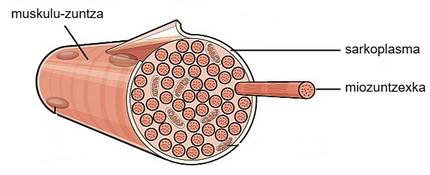
An increase in muscle size (or hypertrophy) can occur in two different structures, resulting in muscle strength or endurance. When the myofibrils are hypertrophied (contraction filaments within each muscle fiber), muscle strength is improved. When the sarcoplasma (the cytoplasm surrounding the myofibrils) is hypertrophied, an improvement in muscle strength is achieved (Figure 2). To optimize the process, progressive training, good nutrition and adequate rest are essential.
Exercise keeps our bones strong and healthy
As a result of physical exercise, our bones are also strengthened. This helps to prevent problems associated with loss of bone mass during aging. What happens as a result of exercise to make our bones stronger and healthier?
I) Activates osteoblasts and increases bone density
Physical exercise, especially impact or endurance (such as walking, running, dancing, lifting weights or jumping), stimulates osteoblasts, the cells responsible for new bone formation (Figure 3). As a result, the density of the bones increases and the bones become stronger and more resistant.
II) Activates osteoclasts and increases bone flexibility
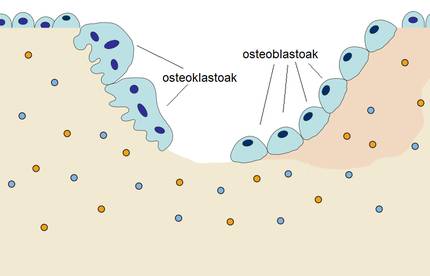
Physical exercise also increases the activity of osteoclasts, the cells that break down the bone (Figure 3). This is especially true in areas where a higher mechanical load has occurred. This process helps to adapt the bone structure, thus improving its ability to withstand loads without breaking bones.
III) Reduces the load on the joints
Exercise strengthens the muscles around the joints, such as the knees, hips, and spine. As a result, the pressure on the bones decreases and protects them from injury and wear. In addition, it helps to maintain the correct weight, which relieves the load on the joints.
Physical activity improves cardiovascular health
When physical activity is performed intermittently, cardiovascular function is also improved. What changes are happening?
I) Improves the efficiency of the heart and gas exchange
Regular exercise (especially aerobic exercise) strengthens the heart muscle, thereby improving the heart’s ability to pump blood at each beat (called systolic volume). This reduces the workload and facilitates a healthier heart rhythm. In addition, it expands the diameter of the blood capillaries and improves gas exchange to provide nutrients and oxygen to the tissues, as well as to remove debris generated from the tissues.
II) Reduces blood pressure
During exercise, blood flow is increased by increasing the need for tissues to receive blood. As a result, our blood vessels need to adapt and become more elastic and flexible. In this way, the blood flows more easily and the blood pressure is reduced.
III) Reduces the accumulation of cholesterol in the arteries
It increases the levels of HDL cholesterol (called good cholesterol), which helps eliminate LDL cholesterol (called bad cholesterol) from the arteries. In this way, the risk of plaque buildup on the blood vessel walls and hence stiffness, occlusion and thrombus is reduced.
Exercise improves the function of the lungs
It has happened to many of us that when we start practicing sports, it is difficult for us to ventilate. However, over time we notice that our breathing is more efficient and we feel better. What does training do to make this happen?
I) Makes ventilation more efficient
The diaphragm and intercostal muscles must contract to breathe. These muscles are strengthened by physical activity, which facilitates the movement of the chest, as well as the expansion and contraction of the lungs. This facilitates ventilation by allowing a greater volume of air during exhalation and a better air output during exhalation.
II) Improves gas exchange
Physical activity improves pulmonary perfusion, i.e., blood flow to the alveoli, and thus increases the efficiency of the exchange between oxygen and carbon dioxide blood. In this way, a more efficient use of inhaled oxygen is achieved.
III) Improves breathing control
Training promotes more effective and controlled breathing patterns. This can be beneficial for people with anxiety or chronic respiratory diseases, for example, those with dyspnea (feeling of shortness of breath) can manage it better.
Exercise changes our metabolism
I) We burn calories even after exercise
When we exercise, our body uses more energy. When we’re done, the body continues to burn calories for a while. In fact, the metabolism continues to accelerate after exercise to restore balance, repair muscles and eliminate by-products (lactic acid, added) produced during exercise.
II) We use fat as a source of energy
To obtain this necessary energy, it initially uses mainly glycogen, which is present in the muscles and liver. As you continue to exercise, especially if it’s longer lasting, your body begins to use accumulated fat.
IV) Alters the release of some hormones
As we have explained, training results in an increase in the production of anabolic hormones such as testosterone and growth hormone. These hormones are essential for the building and renewal of muscles and bones. In addition, they help to maintain the balance between muscle mass and body fat.
On the other hand, insulin levels are lowered to maximize glucose utilization by tissues. This is accompanied by the release of glucagon to release glucose from the liver. In the long term, regular exercise improves the sensitivity of insulin receptors and therefore their function and effectiveness. This reduces the risk of developing diabetes.
When exercising intensively, more cortisol is released than usual to meet the challenge. However, regular and well-balanced exercise regulates long-term release and thus contributes to the regulation of chronic stress.
On the other hand, the level of ghrelin, the hormone of appetite, is initially inhibited, especially if the exercise is very intensive. As a result, we usually don’t feel like eating after exercise. In the case of leptin ("satiety hormone"), excessive exercise can reduce your levels and consequently inhibit your appetite. In the long run, balanced and regular exercise helps to better regulate hunger and metabolism.
It also improves our mental and cognitive health
When we do physical activity, substances that make us feel good are released and brain functions that can improve our cognitive abilities are trained.
I) Endorphins are released
Endorphins are chemicals that have an analgesic effect and cause well-being. They are responsible for the feeling of happiness known as "runner's euphoria"—which some feel after intense training. Endorphins can help reduce stress and anxiety, thereby improving emotional health.
II) Dopamine and serotonin are released
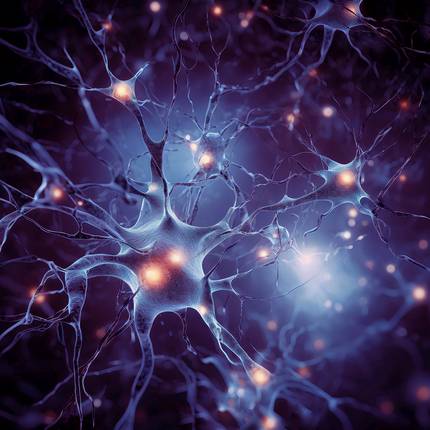
The neurotransmitter dopamine contributes to the sensation of pleasure and positive reinforcement. This can help maintain the habit of long-term exercise. Serotonin regulates mood, sleep and anxiety. Because it increases during physical activity, it helps to reduce stress.
III) Promotes neurogenesis
Physical exercise can increase the production of brain-derived neurotrophic factor (BDNF). This protein is essential for the formation and connection between new neurons (Figure 4).
IV) Improves blood flow in the brain
Increased blood flow to the brain ensures a better supply of oxygen and nutrients in key areas such as the prefrontal cortex, an area associated with decision-making and executive control, and the hippocampus, an area essential for memory.
IV) Train key areas of the brain
Sports that require concentration and strategy activate different areas of the brain, such as the cerebellum and the prefrontal cortex, areas of the brain involved in planning, motor control and problem solving. Thanks to training, these functions can be improved.
Physical exercise offers numerous health benefits by improving our well-being and physiology. However, it is not always easy or it is not always possible to do so. Faced with this difficulty, we must be clear that it is better to do little exercise than to do nothing. In fact, the WHO defines physical activity as any body movement that consumes energy. In addition, a study published last year in the scientific journal Circulation suggests that doing physical activity once a week or on a single day can be as beneficial as doing regular exercise, especially to reduce cardiometabolic diseases. So don’t be discouraged if you can’t exercise or go to the gym every day. Incorporating small actions into our daily routine, such as using stairs or walking to work, can have a very positive impact on our health. Let's get on with it!
The bibliography
Assisted by Casimiro A.J. 2001. “Physical Effects of Physical Psychology.” 2001.Acts of the II International Congress of Physical Education and Diversity. 185-199. Pictures of Murcia: Ministry of Education and Universities.
by Guthold R., Stevens G., et al. 2019. “Global trends in insufficient physical activity among: a pooled analysis of 298 population-based surveys with 1.6 million participants”. The Lancet Child & Adolescent Health Vol. 4 The Iss. 1.
Assisted by Hawley J.A., According to Hargreaves M., Assisted by Joyner M.J., By Zierath J.R. 2014. Integrative biology of exercise. I'm talking about Cell. 159(4):738-49. doi::: 10.1016/j.cell.2014.10.029.
According to Kany S., Assisted by Al-Alusi M.A., Assisted by Rämö J.T., Assisted by Pirruccello J.P., By Churchill T.W., The company Lubitz S.A., According to Maddah M., Assisted by Guseh J.S., Assisted by Ellinor P.T., According to Khurshid S. 2024. “Associations of “Weekend Warrior” Physical Activity With Incident Disease and Cardiometabolic Health.” In the case of Circulation. 150(16):1236-1247. doi::: 10.1161/CIRCULATIONAHA.124.068669.
By Kenney W.L., Assisted by Wilmore J.H., Assisted by Costill D.L. 2015. Physiology of Sport and Religion (5th ed. ). [Editorial Médica Panamericana]. ISBN for: 978-84-9835-965-7.
by López ChicharroJ., Assisted by Fernández Vaquero A. 2022. Physiology of Hierarchy (4th ed. ). Editorial Médica Panamericana S.A. ISBN for: 978-8491107491.
Assisted by Merí A. 2006. [Fundamentals of physiology of physical activity and sport]. Editorial Médica Panamericana, Madrid. ISBN 978-84-7903-982-0.
Assisted by Roberts M.D., I'm talking about McCarthy J.J., By Hornberger T.A., The company Phillips S.M., Assisted by Mackey A.L., Assisted by Nader G.A., I am interested in Boppart M.D., According to Kavazis A.N., Assisted by Reidy P.T., According to Ogasawara R., Assisted by Libardi C.A., According to Ugrinowitsch C., According to Booth F.W., Assisted by Esser K.A. 2023. “Mechanisms of mechanical overload-induced skeletal muscle hypertrophy: current understanding and future directions”. According to Physiol Rev. 103(4):2679-2757. doi::: 10.1152/physrev.00039.2022 .
Assisted by Ros Fuentes, J.A. 2007. Physical activity + health. Towards an active lifestyle. Health Council of the Region of Murcia.
Compare with Strain T., Review by: Flaxman S., by Guthold R., According to Semenova E., by Cowan M., Assisted by Riley L.M., Compare with Bull F.C., Assisted by Stevens G.A. 2024. “National, regional, and global trends in insufficient activity among adults from 2000 to 2022: a pooled analysis of 507 population-based surveys with 5·7 million participants”. Assisted by Lancet Glob Health. 12(8):e1232-e1243. For the exact: 10.1016/S2214-109X(24)00150-5.
Assisted by Tercedor P.2001. [Physical activity, physical knowledge and health]. In Wanceul. The city of Seville.
Buletina
Bidali zure helbide elektronikoa eta jaso asteroko buletina zure sarrera-ontzian



